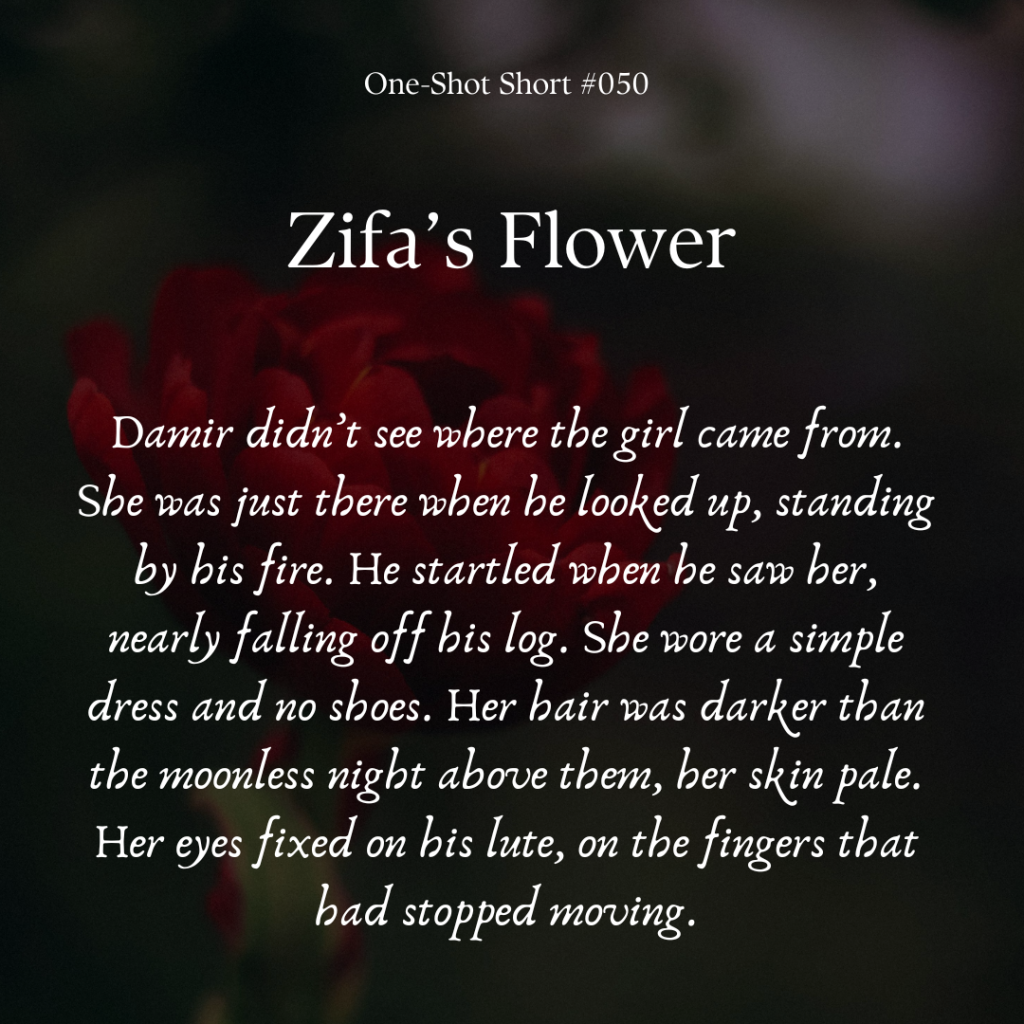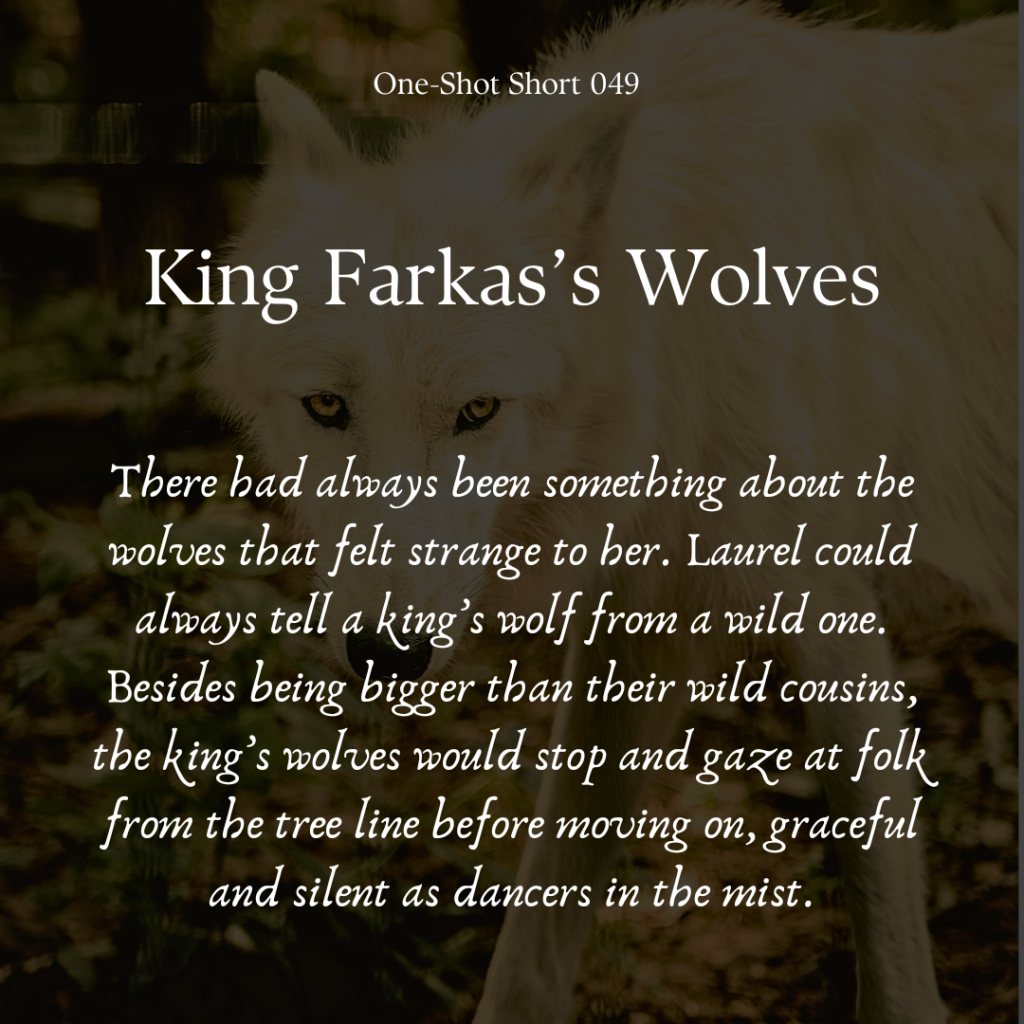“You’ve got to jump off the cliff all the time and build your wings on the way down.”
– Ray Bradbury*
Thanks to some very good (and very quick!) early reader feedback, Emmeline Harper, Psychopomp (EHP) is officially ready for the next point in its process, which involves querying agents for representation. I’d planned to get started on Siren: Bride of the Broken King (BotBK) and then go back to EHP after that was drafted. But my early readers turned up a huge opportunity in the manuscript, and I couldn’t bring myself to leave the story alone with that looming chance to make EHP stronger. So, back in I jumped.
Editing EHP was odd, because I hadn’t left it alone for very long, and it only took me 3 months to write, by far the shortest amount of time a book has ever taken me. So to go back involved an odd experience of time perception – I kept thinking “I remember this, didn’t I just do this?” And truthfully, yes; 3 months is not a long time. But I’m glad that I found numerous things to improve, polish, or refine on my pass back through the first draft.
But now that I’m at the point of querying agents, it’s time to let that MS sit for a while, which brings me to a brand-new blank page for BotBK. Blank pages are funny things. Sometimes, I love them – this is especially true in the case of my paper planner, where a blank page means I haven’t gone in and made any design choices yet, so the week’s layout and colors are still totally open. Other times, they scare me – this goes back to not wanting to put anything on a white sheet of paper, not wanting to mar its snowy perfection with marks that could turn out to be mistakes. (#perfectionistproblems)
BotBK is doubly odd – first because it’s a blank page, and second because it’s the first sequel I’ve ever written, so I have to start a new story while going back to an old world and established characters, an experience I’ve not had before. But whether I’m starting a new world or going back to an old one, there is one constant that all blank pages have in common: they are fragile.
I’ve always known this on some level, but it became a conscious realization when I remembered – having done it so recently – starting EHP, and how tenuous the first few scenes were, held together by spider-thread and dreams. I knew where I wanted the book to go, but it hadn’t gone there yet, nothing was there yet.
If you’ve used Scrivener, you’ll be familiar with the “binder” layout – all your work sits in an outline on the left side of the program window, and your project binder holds folders (chapters) which hold scenes or other items (research, pictures, whatever). As you watch that outline grow, scene by scene, the work becomes less Fraggle, more Doozer – still changeable, but with an obvious structure. It happens so gradually, word by word, that even if you’re tracking your word count, you might not notice the growth until you have to scroll up and down to see all your scenes. But in the beginning, when the words aren’t there yet and the story is just a nebulous cloud of potential, there’s a sort of shimmer in the air every time you open the file, a feeling that anything could happen. So while starting in on a new book is a little bit terrifying, it’s more than a little exciting, too.
As corny as this sounds, it’s kind of like standing in a high place at the start of a new day: the world you’re about to jump into is open, in that moment, to anything. All you have to do is fly.
*1990 October 14, Herald-Journal, Learning is Solitary Pursuit for Bradbury by Luaine Lee, [N.Y. Times News Service], Page C1, Spartanburg, South Carolina. (Google News Archive)





What do you think?